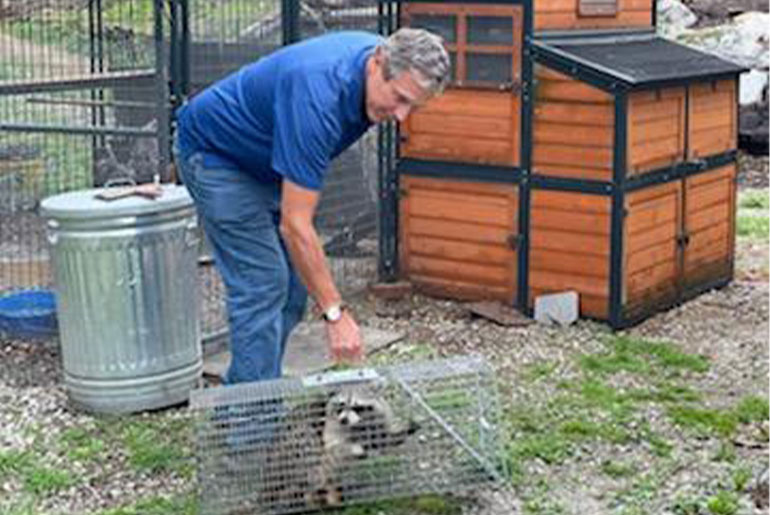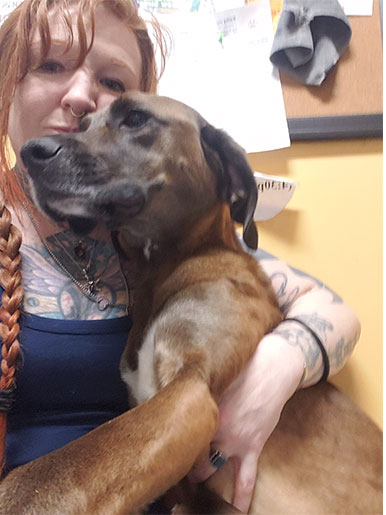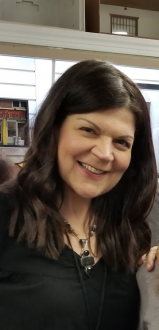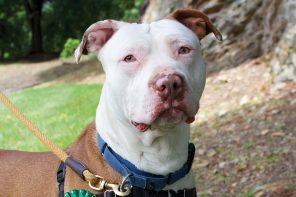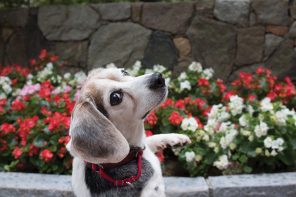Most of us in these parts have a somewhat fleeting experience, usually, with the numerous species of undomesticated animals that exist in our yards or nearby outdoor environs. Not uncommon sightings are squirrels, chipmunks, rabbits and racoons. Occasionally, just after dark, bats dart through the night sky and at dawn or dusk, deer can be spotted grazing on our lawns or in a distant meadow. Some may even spy a fox, possum, coyote and even a black bear, the most common variety found in this geographic region.
With certain animals in the wild, particularly those that invade or threaten human and small animal habitats, the need for expert intervention may be required, especially when they can cause damage to structures by inhabiting them or wreaking havoc in a garden. Surfing the internet and taking matters of intervention with nature into our own hands may not often be the best course of action. In other words, best to seek the advice and services of those who work with homeowners and can offer solutions.
We spoke with Jim Dreisacker of Westchester Wildlife LLC, who’s been at it since 1982 and knows a thing or two about humane trapping, removal and exclusion solutions. So much so, indeed, that he has often been featured in the press, participated in numerous studies and invented proprietary methods. His approach? “It’s more than just trapping and removal. It takes considering a number of factors to determine the best solution. Each property is different, and each scenario presents different challenges.”
Dreisacker grew up in Thornwood and tells us of his lifelong interest in nature. As a kid, he had turtles and raised pigeons. But from his early years, he hoped that combining his interest in nature and working with wildlife was something he could eventually work into a business. Since formally starting his business, which serves New York and Connecticut, Jim has been a licensed member of the New York State Wildlife Management Association (NYSWMA) and, in Connecticut, the Department of Energy and Environmental Protection (CT-DEEP).
He initially began working as a contractor and it was his encounters with animal inhabitation issues, particularly those involving bats, that led him to invent a device called the Bat Cone, of which he is most proud. “It took a while to perfect it, he says. “But after working on it for a few years, it was developed and eventually I sold to a another company.” While it was in development, he had great success using it in homes, making instructional videos and training other professionals across the country. The plastic Bat Cone is a humane removal product. The “invaders” can fly out but they can’t fly back in. It is not only for bats who nest under eaves and inside attics, but it can also be used for bird and squirrel removal, according to its website.
What are some of the signs homeowners could observe for dwelling-based problems, we asked? “Knocking or tapping may indicate birds, especially woodpeckers. Light footsteps and scurrying? Squirrels. More heavy-footed steps? Raccoons,” he says. Again, mitigating problems is what Dreisacker either does or recommends, working with subcontractors. “I am not in the business of exterminating,” Dreisacker adds. “My son went into that business and has a company in Brewster.”
Dreisacker works with both homeowners and tradespeople, offering a personal, investigative approach to each situation. As he sees it, “It’s a community service — helping (sometimes) sick animals and helping neighbors. Usually within 20 minutes, I can identify the problem and devise a solution.” He told us that it’s his goal to treat a problem with the expectation that he won’t need to repeatedly return — in other words, problem solved. He has built his reputation on 35-plus years and the goodwill of the customers and contractors with whom he works.
Dreisacker tells us that his approach is educational and science-based. He is not into using any fear tactics. Every problem is treatable, and exclusion is always the goal — following the established protocols for humane trapping and removal — whereby a healthy animal will relocate itself in the wild. Dreisacker told us that, in certain instances, he works with local animal care and control organizations for an animal’s rehabilitation and/or relocation, when necessary.
Increasingly, he has entered the realm of property fencing to keep larger animals like deer and coyotes outside of properties inhabited by humans and pets. “It’s the proper way to animal-proof your yard,“ Dreisacker says, “and it’s 95% effective.” This is a whole new aspect of the services he offers — prevention He is not, however, a fence contractor: Owners obtain any necessary permits and work with licensed contractors.
Lately, too, he has seen an uptick in his business in performing new home inspections. Prospective buyers seek his expert advice in identifying areas that may need to be addressed and shored up before a problem sets in after taking occupancy.
Passion and interest in the ever-changing ecosystems around our region are what keep Dreisacker engaged, especially when it comes to animals living outdoors, either on or around someone’s property, from the common fox and deer to the larger coyote. He speaks proudly of his participation some years back in a multiyear, collaborative study between the New York State Department of Environmental Conservation and Cornell University, investigating a variety of issues surrounding suburb-dwelling coyote populations and human-coyote interactions.
With his decades of experience in wildlife management and mitigation, there’s always something to learn and a new way to tackle an issue if Dreisacker has his way.
For more, visit westchesterwildlife.com and batcone.com.

